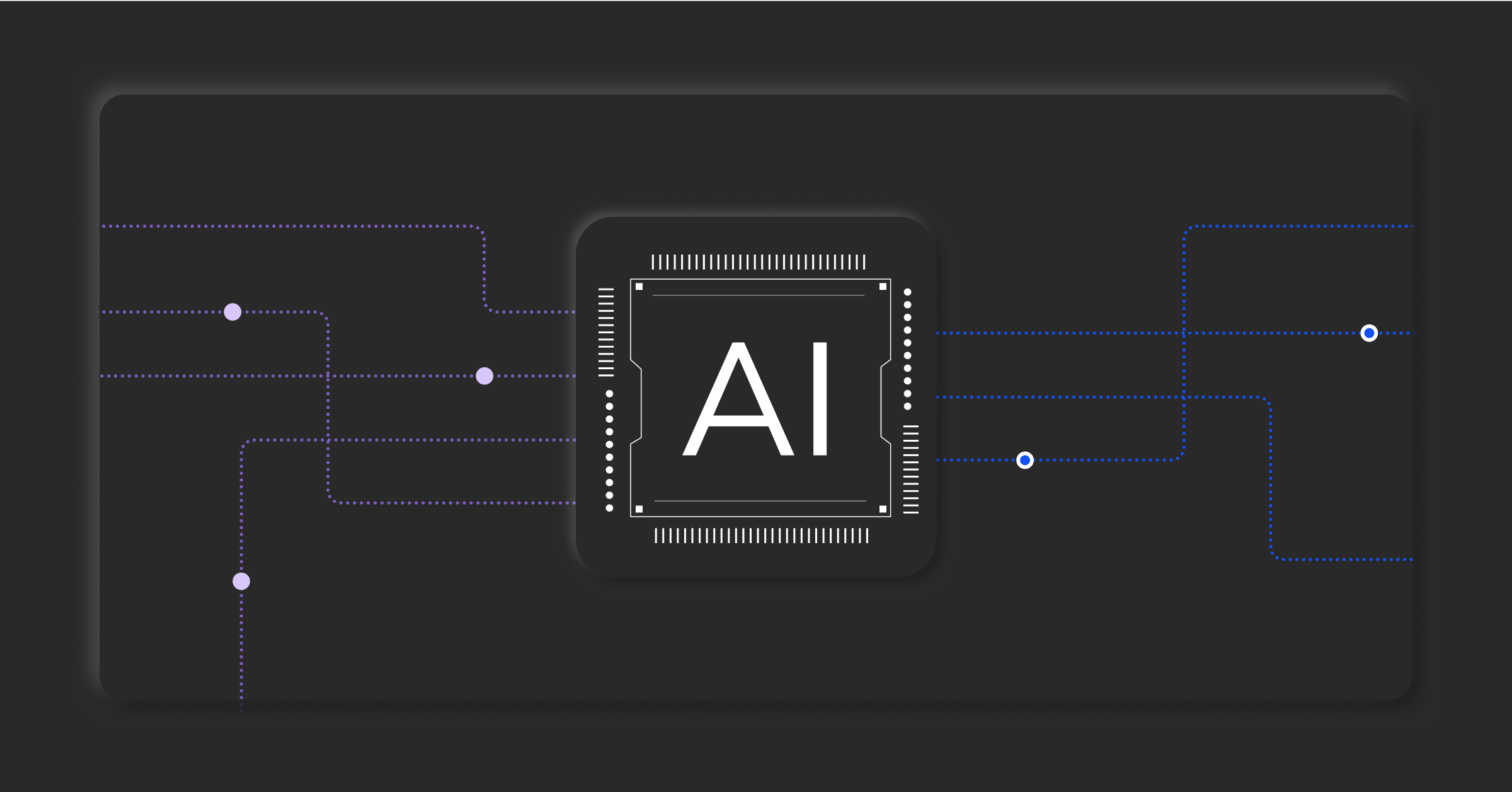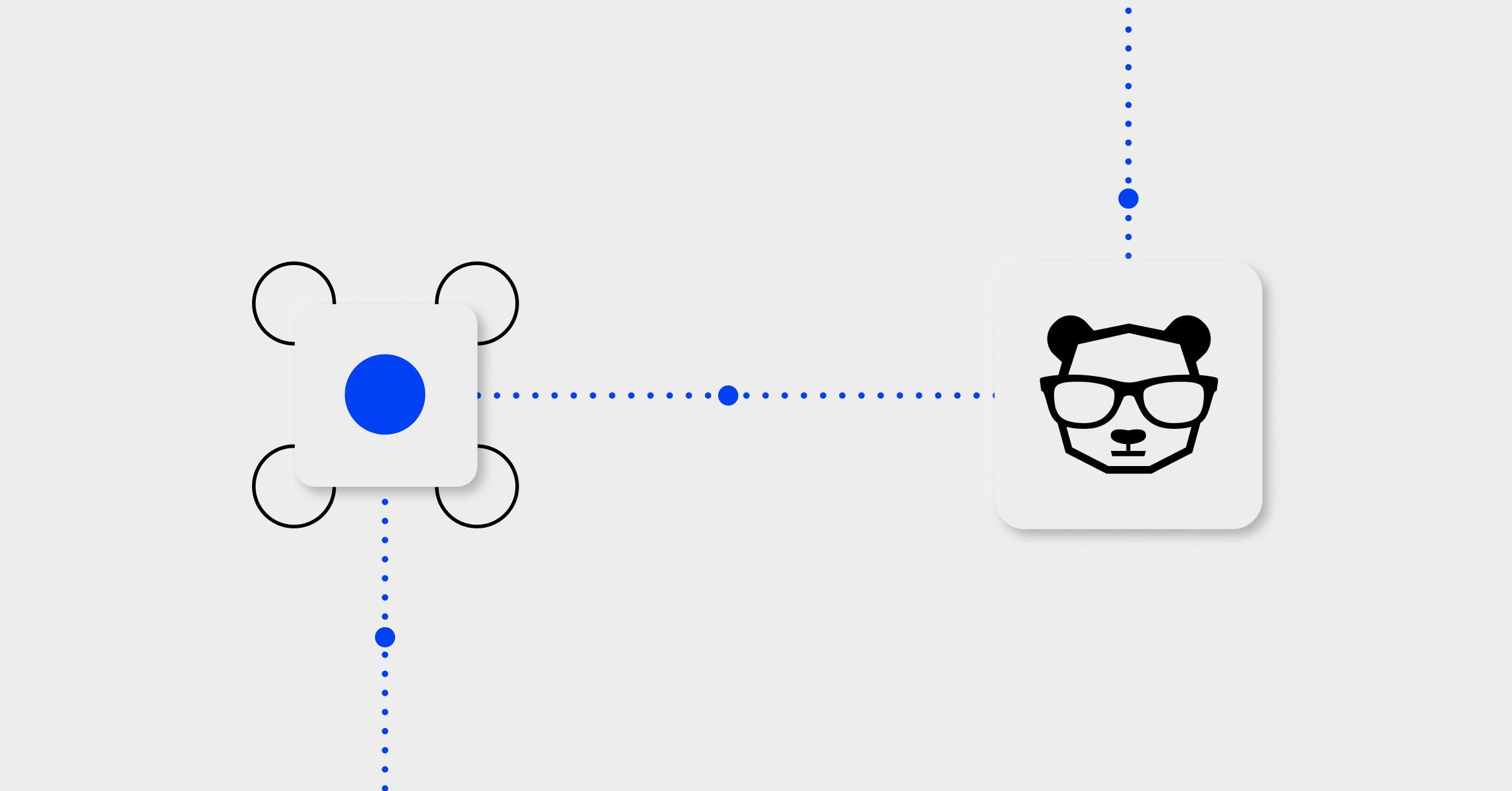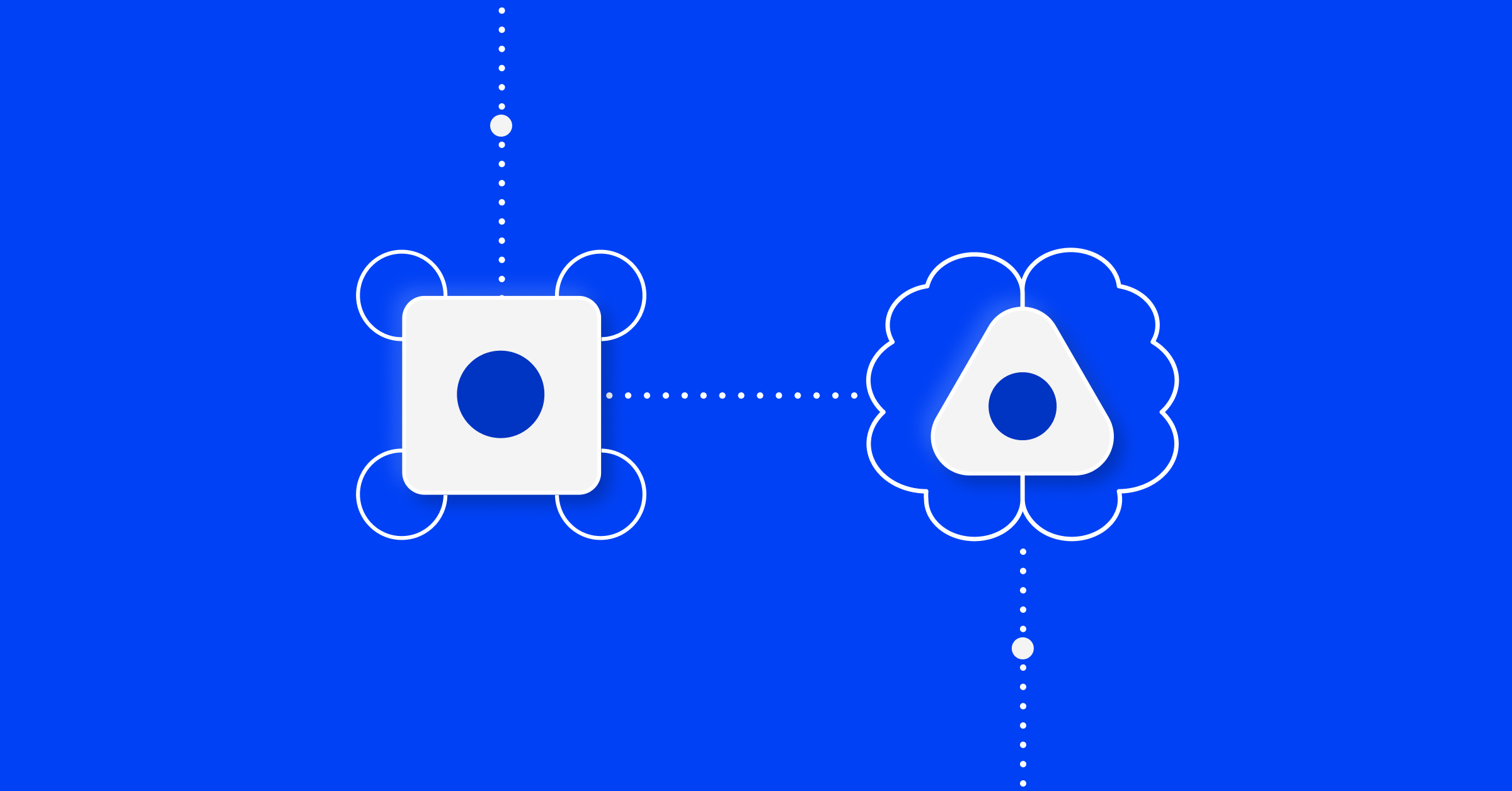Gain the benefits of adopting an AIOps strategy

Managing IT operations is becoming more complex with the rapid evolution of IT environments. As a result, leaders are looking for more efficient, intelligent ways to monitor and maintain their IT systems. AIOps has evolved as one of the most promising solutions in recent years. AIOps uses machine learning (ML), big data, and automation to streamline IT operations.
Adopting an AIOps strategy offers many benefits, including improved operational efficiency, faster incident resolution, enhanced performance monitoring, and more effective cross-functional collaboration. A successful AIOps journey involves more than implementing new technology. It encompasses a holistic approach to IT transformation.
The holistic nature of AIOps: People, process, and technology
AIOps is not a one-dimensional solution. It’s much more than simply installing new applications. To fully maximize AIOps, you need a multifaceted project that involves technology, people, and processes.
IT organizations have traditionally relied on frameworks like IT Infrastructure Library (ITIL) and service-management models to manage operational processes. These approaches often involve manual workflows, hierarchical decision-making, and reactive problem-solving, which can be slow and inefficient in today’s fast-paced IT landscape. AIOps changes the dynamic by introducing automation, predictive analytics, and data-driven decision-making. However, for this transition to be effective, the operational processes that your teams have used in the past must also evolve.
Similarly, it’s essential to consider how AIOps affects employees. AIOps represents a shift from manual, reactive processes to proactive, automated ones, requiring new skills and a different mindset. Equipping teams to work within this new operational construct may involve adjusting job roles, investing in training, and fostering a culture of continuous improvement.
Thought leadership and consultation in AIOps adoption
You need more than just an operational AIOps platform to succeed. Guidance and thought leadership are invaluable as you embark on your journey. Vendors and service providers can play a consultative role in guiding your teams through the operational transformation. More than just providing a set of tools, they can:
- Provide strategic insight into how best to leverage AIOps to achieve your business goals
- Identify areas for improvement within your ITOps
- Help position your organization for success
This consultative approach involves guiding you through rethinking your IT operations, from data management and incident response to performance monitoring and team collaboration. The goal is to ensure your teams can optimize AIOps processes and harness its full capabilities.
The evolving role of IT operations
The traditional role of ITOps has been to maintain system uptime, manage incidents, and ensure the availability of critical services. In today’s digital-first world, IT has become a strategic asset that directly influences customer experiences and business outcomes.
As such, IT operations must evolve to meet new demands. AIOps can play a pivotal role in this transformation, which requires changes in several key areas of IT operations.
Data collection and management
AIOps relies heavily on collecting and analyzing large volumes of data to gain insights into IT systems. To ensure accurate and comprehensive insights, you may need to revise data collection methods or enhance data quality. This can involve integrating multiple data sources, improving data hygiene, and structuring data to be compatible with machine learning models. Proper data management is essential to the success of any AIOps implementation. Data accuracy and timeliness directly impact the efficacy of the AIOps solution.
Incident response
AIOps supports more intelligent and automated incident response. For example, you can use automation to create incident tickets, group related incidents, and prioritize resolution based on severity and impact on business operations. Leveraging AIOps, IT teams can spend less time on manual, repetitive tasks, allowing them to focus on addressing critical incidents more effectively. This may require a shift in your approach to managing incidents. Teams must adapt to automated processes and learn to interact with the new systems and machine-generated insights.
Performance monitoring
AIOps enables more advanced performance monitoring using ML and analytics to detect anomalies, forecast potential issues, and provide real-time insights into system health. To fully utilize the capabilities of AIOps, you may need to upgrade your monitoring tools or data visualization techniques. Rather than reacting to problems after they occur, AIOps allows IT teams to be more proactive, addressing performance issues before they affect business operations. You may need new monitoring frameworks to fully realize these benefits and rethink how they analyze and act on performance data.
Collaboration and communication
AIOps breaks down silos between IT teams by providing real-time, data-driven insights to improve collaboration and communication. IT teams can work together more efficiently with access to shared data and insights about system performance and incidents. Ensure that all of your ITOps teams align toward common goals. This may involve new communication tools, cross-team collaboration processes, and a shift toward a more integrated approach.
Culture and skills development
Successful adoption of AIOps requires an organizational culture focused on continuous improvement. Meanwhile, employees need skills in data analysis, machine learning, and AI fundamentals to work with the AIOps platform. Investing in training and development programs enhances employee skills and encourages innovation and continuous improvement. IT teams need technical proficiency to use the tools and data to make informed decisions that drive business value.
Embrace AIOps for operational excellence
Adopting an AIOps strategy offers the opportunity to transform your organization’s IT operations by improving efficiency, reducing costs, and enabling proactive decision-making. The days of relying solely on ITIL and service management models are over. Instead, it’s vital to evolve people, processes, and technology to align with the capabilities of AIOps.
Find vendors and service providers that do more than offer technology solutions. Work with organizations that can also serve as trusted advisors, guiding you through this transformation. By optimizing ITOps and fostering a culture of continuous improvement, you can ensure that your teams adopt AIOps and achieve long-term success.
In this new era of ITOps, organizations that can effectively integrate AIOps into their processes, workforce, and culture will be best positioned to thrive. Through thoughtful consultation, strategic planning, and a commitment to continuous improvement, your team can fully harness the power of AIOps to drive business value and operational excellence.
Next steps
Explore the BigPanda platform to learn how AIOps can help your organization improve incident response, reduce costs, and minimize downtime.
Ken Serembus is an area vice president for the BigPanda sales engineering team.



